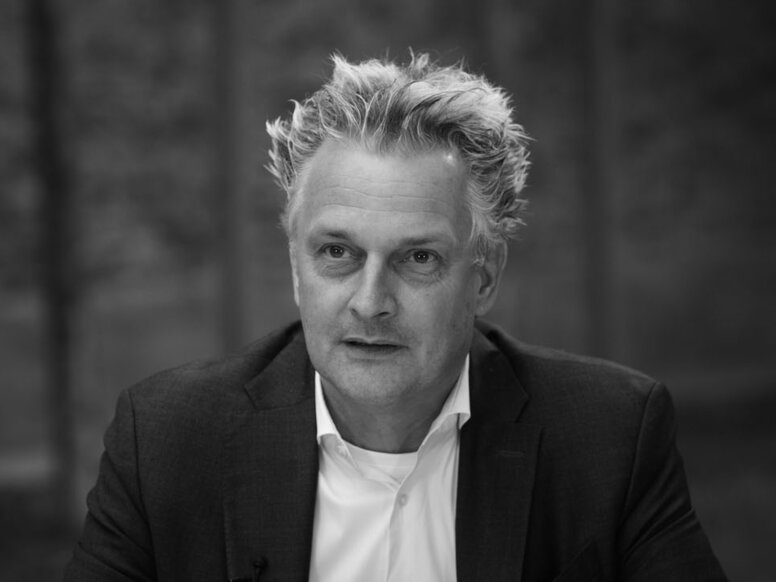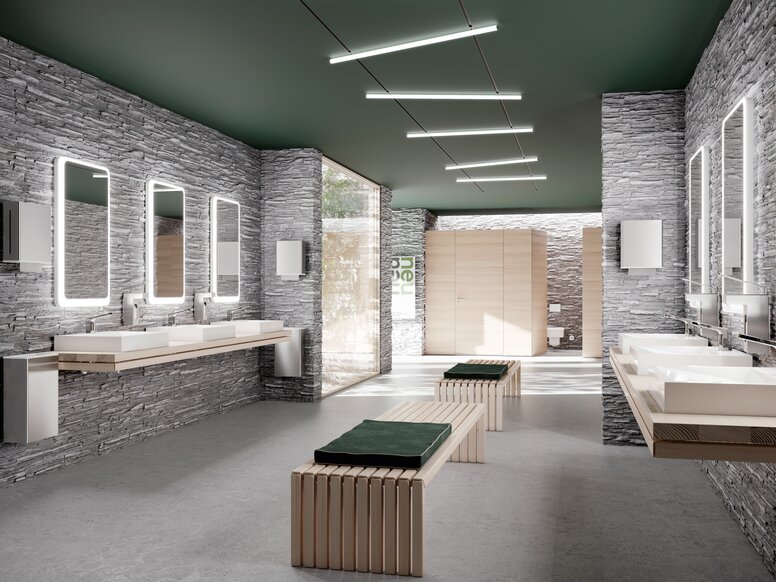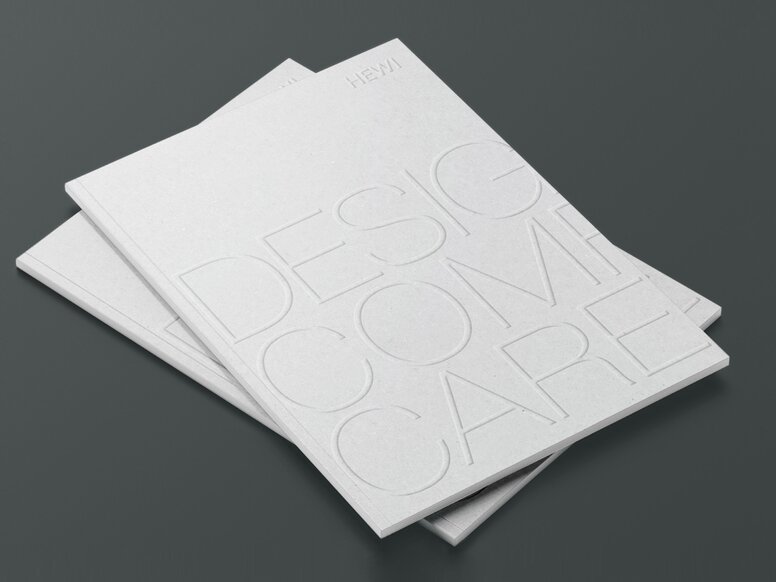HEWI MAG / Knowledge
The Accessible City - Approaches and ways to get there
A guest article by Boris Schade-Bünsow | Editor-in-Chief of bauwelt
As obvious as it may sound in the 21st century, there is no such thing as an accessible city for all. Neither in the consciousness of residents nor of planners and architects has accessibility played an appropriate role so far. This does not have to be the case, and at least from this point of view, the USA is one of the most progressive countries in the world. Boris Schade-Bünsow shows ways to an accessible city in his guest article.

Approaches to an accessible city in the USA
Thirty years ago, the "Americans with Disabilities Act" (ADA), came into force. In 2015, on the occasion of the 25th anniversary, the then US Secretary of State John Kerry called on the international community to "do everything in our power to enforce inclusion laws and leave no one behind - everywhere".
This was preceded, from 1970 onwards, by a strong determination to enable disabled veterans of the Vietnam War to return and integrate into civilian life with the least possible restrictions.
This meant a lasting awareness of accessibility in all public areas emerged. For example, accessible building entrances are integrated into the architecture as a matter of course. In America, no one has to enter a library, a restaurant or a museum through the back entrance or via a hidden ramp, and every city administration and agency are just as easily accessible.
In the USA, a change of perspective was achieved at that time, it was not about adapting to "normal" society, but about considering the whole society with people with different physical abilities as "normal".
So how can we create an accessible city?
First and foremost, it is about the awareness to plan equally for all people, regardless of their limitations. For public transport, this means equal, threshold-free, low-tilt access to transport locations and the means of transport.
Practically no one has been able to achieve this, be it by train, bus, car or plane. Even the pavement or the routing for pedestrians in cities has simply not been adequately implemented. Often, even the wrongly chosen paving can make it difficult to move around without disruption. It becomes even more difficult with historical surfaces such as cobblestones or coarse paving slabs.
How can public buildings be made accessible?
Take a public building, ], for example a museum, an office or a department store, these can mean many things, some of which may seem self-evident to us, although they have only been partially implemented or not at all. It is about adequate lighting, creating quiet zones close to circulation areas, sufficiently wide, level, step-free entrances, clear, unambiguous routing and seamless signage with guidance systems and operating elements for people with visual impairments, door handles and doors that open easily enough, lifts with adequate enclosures with clear information and operating panels, and straight stairs.
It’s about counters, for example in reception areas, that don’t force visitors into a subordinate position, and about well thought-out, discoverable sanitary rooms that are equally and architecturally well designed. The question of the quality of design in all these building components and building systems cannot arise. The quality of design must be equally as good and naturally congruent.
Conclusion: The Accessible City is Possible
Overall then, it is a matter of designing and building public infrastructure, public spaces and public buildings in such a way that they are usable by as many people as possible without further adaptation or specialisation. And in addition, this design must be flexible and robust enough to be compatible with assistive technologies that people with disabilities need to use. These people must not be discriminated against by sub-standard or architecturally inferior solutions.
This is the challenge for planners, architects and the industry, which must deliver appropriately designed products for this purpose. We do not need a new regulation or even a law for this. German Basic Law, Article 2 and Article 3, is more than sufficient. Here, the right to free development of the personality and the equal rights of all people are laid down. The law also explicitly refers to the state's obligation to compensate for existing disadvantages. We must abide by this. This is our moral and real responsibility.
The author
BORIS SCHADE-BÜNSOW
Since 2011, editor-in-chief of the architecture magazine Bauwelt, Berlin. Before that, he was the publishing director of Bauverlag BV GmbH, Gütersloh, for ten years, responsible for the content programme of the publishing house, and prior to that, from 1993 to 2001, he was the editor and chief editor of TAB Technik am Bau and other construction trade magazines of Bauverlag.


